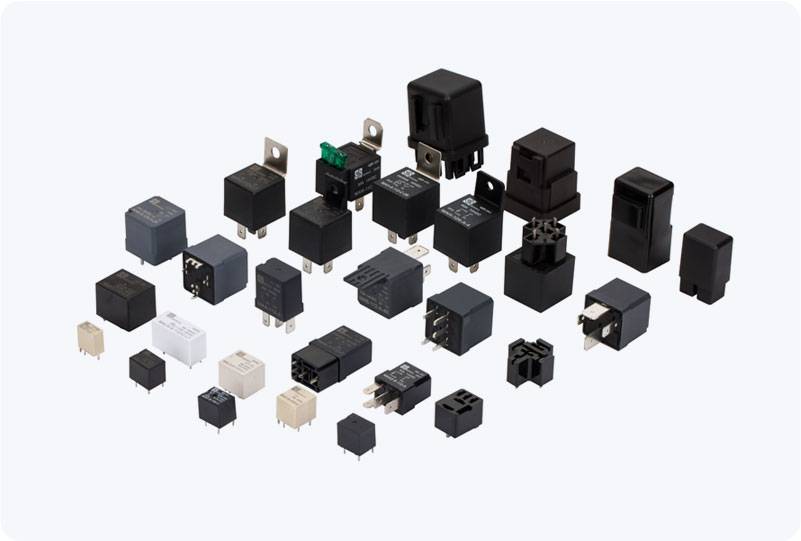In today’s rapidly advancing world of electronics, managing heat effectively is crucial to ensuring the reliability and performance of devices. One essential component used to address this challenge is the thermal management relay. A thermal management relay is a specialized electronic component designed to control and regulate temperature within electronic systems, preventing overheating and ensuring that devices operate within safe temperature limits. This article explores the role, importance, and applications of thermal management relays in modern electronic systems.

What is a Thermal Management Relay? A thermal management relay is a type of relay that incorporates thermal sensors to detect temperature variations in an electrical system. It functions by opening or closing circuits based on the temperature readings it receives, effectively helping to manage heat distribution. This relay is commonly used in power electronics, such as electric vehicles, power supplies, and consumer electronics, to ensure that temperature-sensitive components remain within their optimal operating range. The relay works by integrating temperature sensors, such as thermistors or thermocouples, that monitor the heat levels within the system. Once the temperature exceeds a predefined threshold, the relay will either disconnect the circuit or activate cooling mechanisms, such as fans or heat sinks, to prevent further temperature rise. This dynamic regulation allows for a safer and more efficient operation of complex electronic systems, preventing potential damage caused by excessive heat.
Leave a Reply